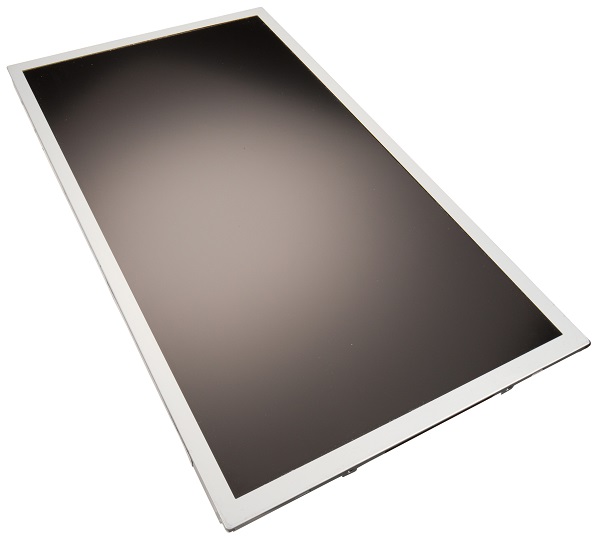Foxconn subsidiary Sharp will no longer be supplying LCD panels to Samsung Electronics starting in 2017, a report from The Japan Times cited industry sources saying.
Sharp intends to shift supply of its products manufactured by Sakai Display in Osaka that is jointly operated by Foxconn and Sharp, to reduce any impact on their businesses, the sources said.
The complete halt of LCD supplies from Sharp will create a supply shortage of 4 million panels per year for Samsung, a gap that might be outsourced to compatriot LG Display, reported TechNews.
 |
|
Sharp 15.6-inch FHD LCD display. (Photo courtesy of Sharp) |
Based on TechNews sources, after iPhone assembler Foxconn has been focused on the TV market after it acquired Sharp in August 2016. The group’s panel production shortage, inability to meet market demands, led to an uptick in panel prices. These factors made Samsung less inclined to acquire Sharp panels.
Starting from 2017, Sharp and parent company Foxconn will make substantial changes in their TV market strategies. The group will initially shutdown Foxconn’s TV brand Infocus and prioritize all its resources on building up Sharp’s TV brands, volume and market. In 2017, Foxconn also set a shipment volume target of 20 million Sharp TV sets, nearly five times the shipment volume of the 4 million sets in 2016. To meet Foxconn’s ambitious 2017 shipment volume target, the key will be solving panel supply and market demands.
In terms of panel supply issues, Foxconn is depending on subsidiaries Sharp and Innolux to meet the large LCD panel supply demand. The group also turned to its Liquid Crystal Module (LCM) facility in Nanjing, China to assist the integration and assembly of the product, Innolux will also be assisting the company to reach its demand target.
Due to soaring TV panel demands by Sharp in 2017, the company currently has kept many finished panel products in-house. Hence, the two companies spoke calmly about the procurement conditions, with Sharp projecting a big price hike in first quarter of 2017, Samsung decided to turn to LGD for panel orders. All these caused tighter TV panel supplies, and demands during first quarter of 2017.
Current market conditions is another core reason behind Sharp’s decision to focus on the TV market. Previously, Sharp’s dwindling revenue led the company to license its TV brands to Slovakia TV manufacturer Universal Media Corporation (UMC), while it licensed its brand in North America to Chinese TV manufacturer Hisense. Hence, Sharp can only rely on the Asia-Pacific and Japanese market to support its TV revenues.
Foxconn addressed Sharp’s declining market revenue after acquiring the company, and signed an agreement with UMC in September 2016 to strengthen the two companies partnership. Sharp also signed a license agreement with Foxconn, but UMC continued to assist in OEM orders in Europe. Foxconn has also invested in UMC, which allows it to take hold of the European market developments, and is overall beneficial for Sharp’s developments in Europe. However, Hisense’s refusal to give up Sharp’s North America TV brand rights, will affect whether the former Japanese consumer electronic company can reach Foxconn’s 20 million TV set revenue goal.
Foxconn has set a rather challenging goal for Sharp, to reach a TV shipment volume of 20 million sets by 2017 would be nearing the performance of the top three Chinese TV brands combined, in other words a global market share of 10%, said analysts.
If TV panel shipments decline during first half of 2017, revenue figures might not reach estimations, which might cause Sharp to increase shipment volumes during second half of the year to stimulate revenue, which could cause market prices to crash. Although, this is crucial panel shipment volumes remained tight, which might in turn benefit other panel manufacturers in Taiwan. AUO might benefit from transferred Samsung orders, and emerge as one such benefactor.












